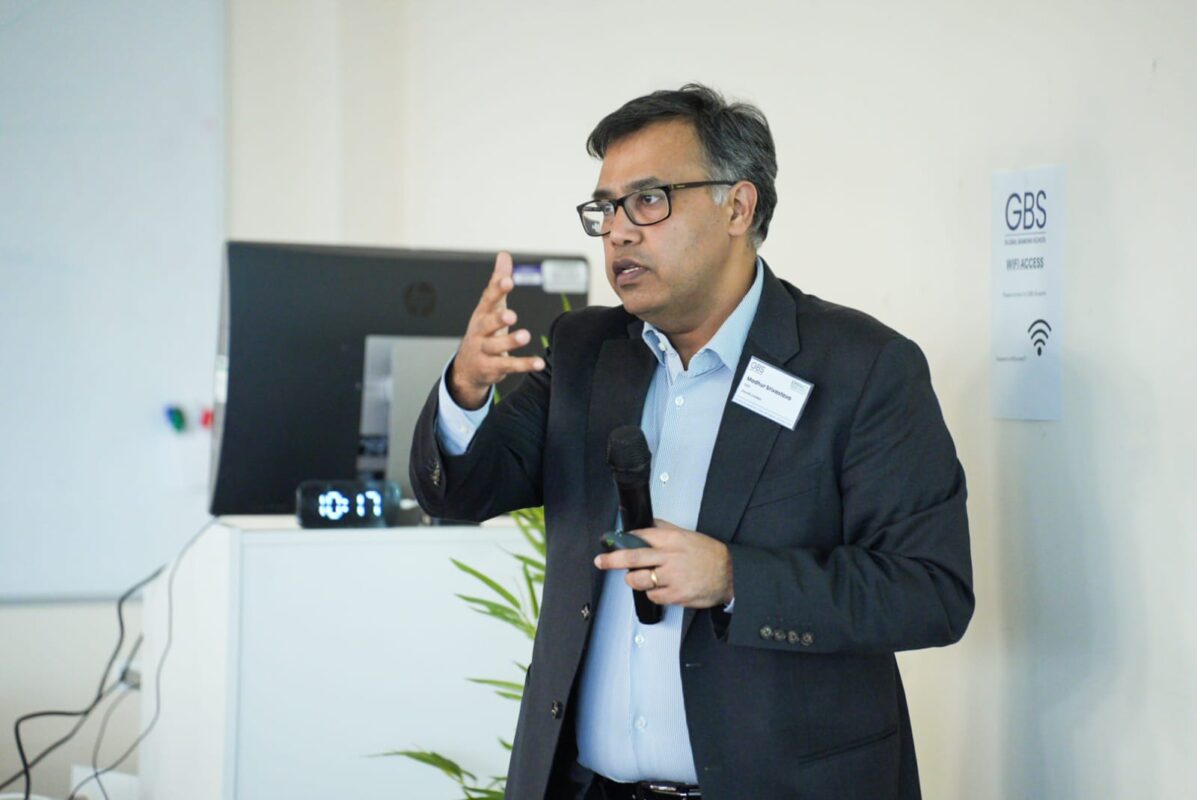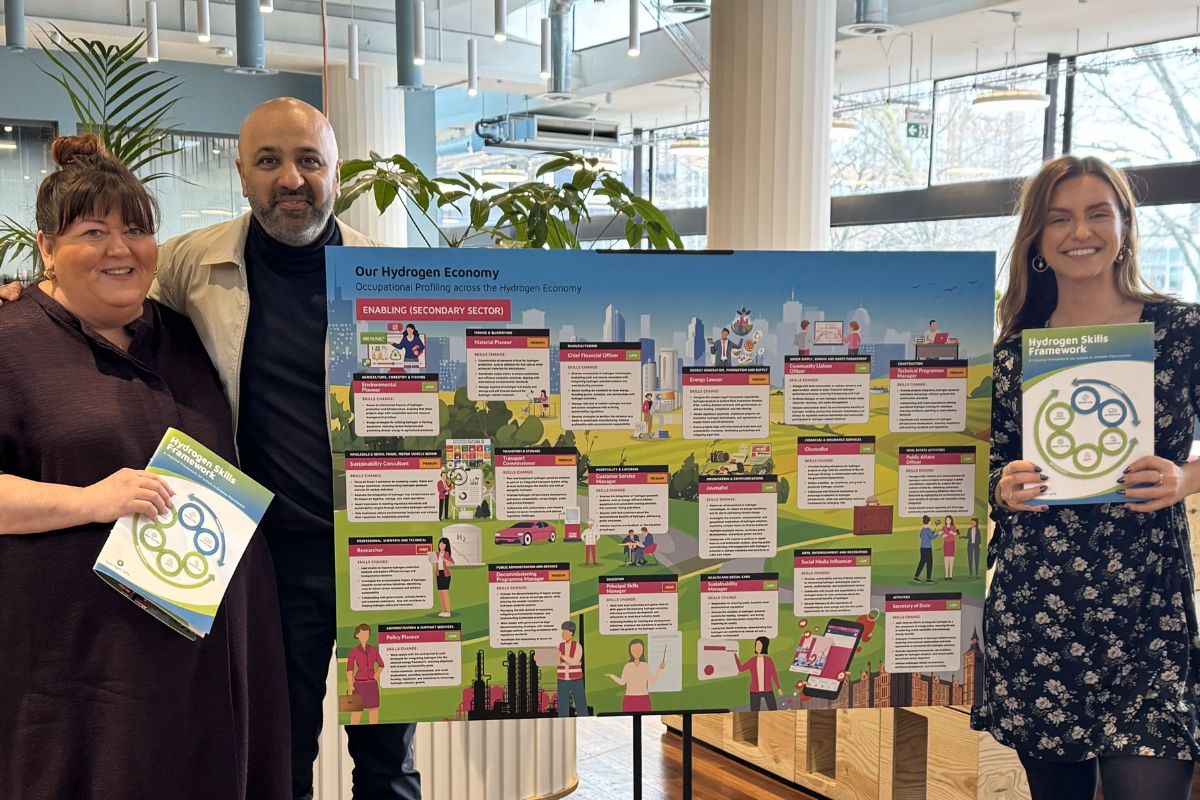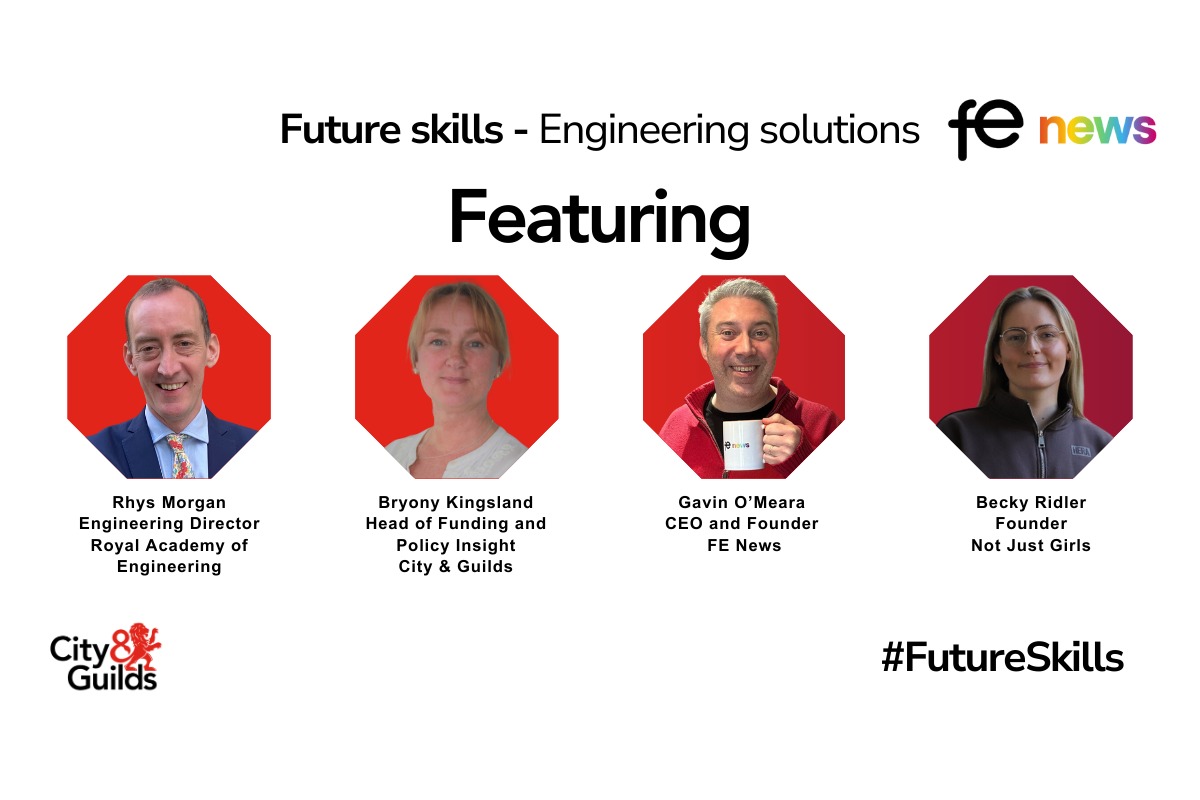Rebuilding internal relationships to build the future talent pipeline

The pandemic has brought about what has now been dubbed ‘the Great Resignation’. First coined in America, this trend has now spread across the globe. According to Microsoft’s 2021 Work Trend Index, 41% of people are likely to consider leaving their jobs within the next year. This is a huge number, and this trend is far from over.
The Great Resignation has led to a power shift in organisations. Now that employees have greater autonomy over who they work for and where they work, companies are reassessing how they adapt their company culture to ensure it relates to the post-pandemic employee frame of mind whilst retaining key talent. So how can this be done? One avenue is looking at the relationship businesses have with their current employees and how this can affect their current talent model.
Lessons from Covid-19
The pandemic accelerated several existing trends in the workplace but the most obvious impact to the workforce was remote working, which has resulted in adopting hybrid working for many companies. It quickly became apparent that we can accomplish most tasks remotely without a significant drop in productivity or quality, and most employees appreciate the flexibility – especially those with long commute times. But this model is not without its downsides. Continuous remote working has led to extended workdays and a blurring of work and personal boundaries. It has also led to loosening of social connections. Not feeling the office vibe, lack of exchange through ad hoc channels (i.e. coffee machine) or events in person also breaks the emotional connection with colleagues and therefore the company.
These pitfalls in the hybrid working model have given rise to the Great Resignation. This trend has changed the way we work and interact with our colleagues and has led to a great reset in the relationship between employers and employees. People are taking an even more considered approach to where they work, the flexibility a company allows them to have and how they utilise their 24hrs in a day.
The pandemic highlighted that what were perceived benefits in a pre-pandemic role, have turned into what businesses should have as a standard. Salary isn’t everything, there is a stronger stance about respecting personal life, career mobility matters even more, and toxic cultures that existed to date, will not survive. Furthermore, employees want to be more valued by their organisation, have caring teammates, and have a greater sense of belonging. So how do we go about achieving this?
Creating a fulfilling employee experience
To start rebuilding those relationships, leaders need to have a greater understanding of what the potential problems are. Taking time to listen, reflecting and taking action can build a culture of change and result in improved relationships across the business, and a rebuilding of trust.
Managers need to encourage a cycle of feedback and create spaces for employees to share how they are feeling about their work and give them the opportunity to talk about what they want to see more or less of, genuinely committing to these moments and supporting the actions needed. Engaging in dialogue is allows employees to feel heard, respected, involved and that increases a sense of belonging, strengthens interpersonal bonds that are formed with intent and care.
Another facet of the employee experience worth exploring is learning. Rigorous learning for existing employees gives them even more agency over their career path and, if you allow employees to take a customisable approach, they can bend and shape their skills to their career projections and immediate business needs. This builds a continuous learning culture that employees want more of post-pandemic and businesses need to evolve and remain relevant. Re-evaluating current learning offering and approaches can also shape your future talent pipeline for existing or new employees.
A shift in talent sourcing
It is no surprise that the employment market is extremely competitive, which has brought on a slew of new challenges around sourcing the right talent. With these rates of quitting set to continue, how can organisations mitigate against this?
Businesses should look to employ a ‘build, borrow or buy’ talent model. This three-pronged approach provides multiple avenues for businesses to find new talent.
- Building new talent – This refers to upskilling the current workforce that you have. This can be done through a rigorous L&D programme to tailor current skills to a new business need or providing training programmes for employees to add to their current skillset.
- Buying new talent – This involves looking externally for help, whether this be a freelancer or a permanent new business hire. However, hiring a freelancer may only be a temporary solution and not fully scale with your business needs.
- Borrowing talent – This refers to looking at other areas within your business. You can look to share talent across departments or hire on a temporary basis. But again, this brings into question whether this is enough to cover your business requirements – and it may be a challenge to ensure they feel a part of the company.
While this is not a permanent solution to the talent crisis it can be implemented, along with reviewing internal practices already in place, to help businesses plan for a more resilient future.
It’s clear that the world of work may never be the same again, but what can be said for certain is that this shift to distributed work has presented an opportunity to reimagine everything within the workforce: from how we do our jobs, to how we hire.
We are no longer confined to the typical 9-5 model and businesses and employees alike have been freed from bad habits and inefficient processes, from ineffective meetings to unnecessary bureaucracy.
Businesses that embrace this change, drive engagement, and achieve organisational agility, have a competitive advantage in this new era of work. Those that do revisit their existing working models will also foster stronger internal working relationships and increase their appeal to external prospects.












Responses